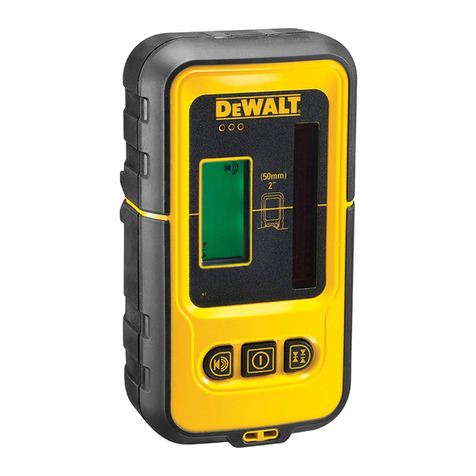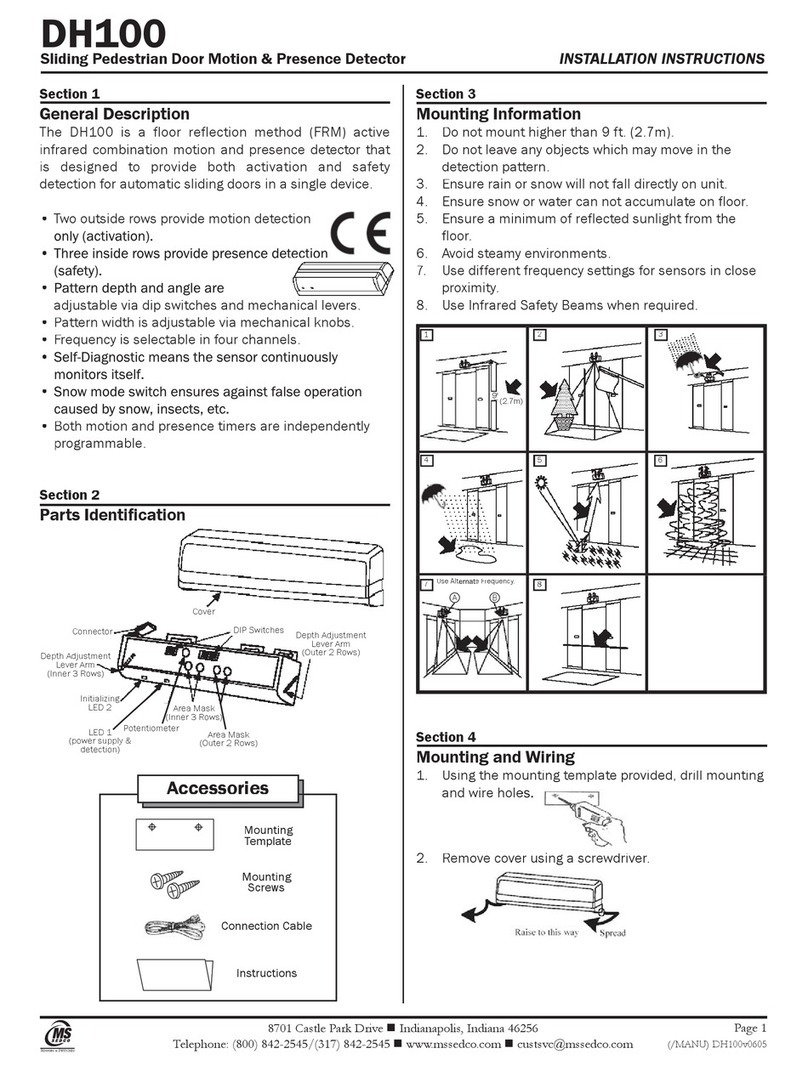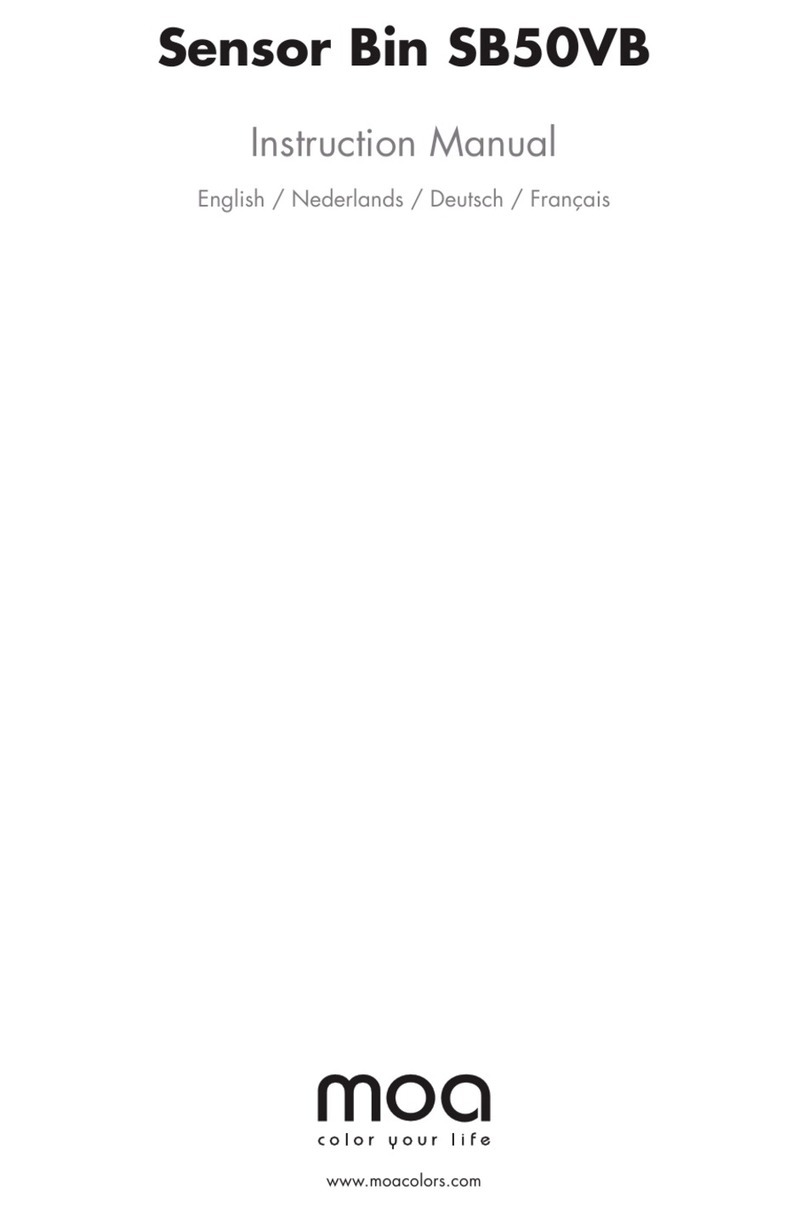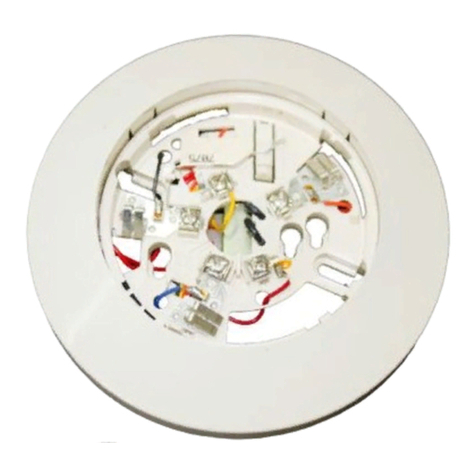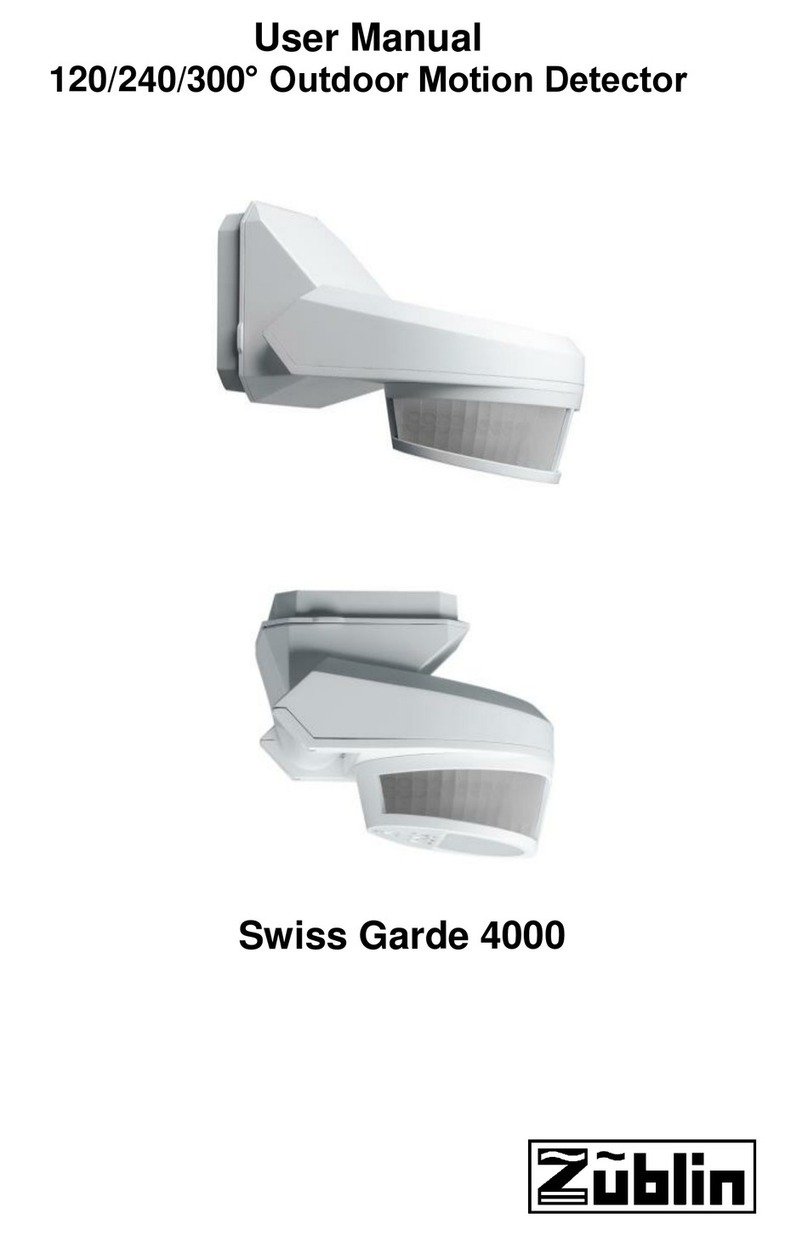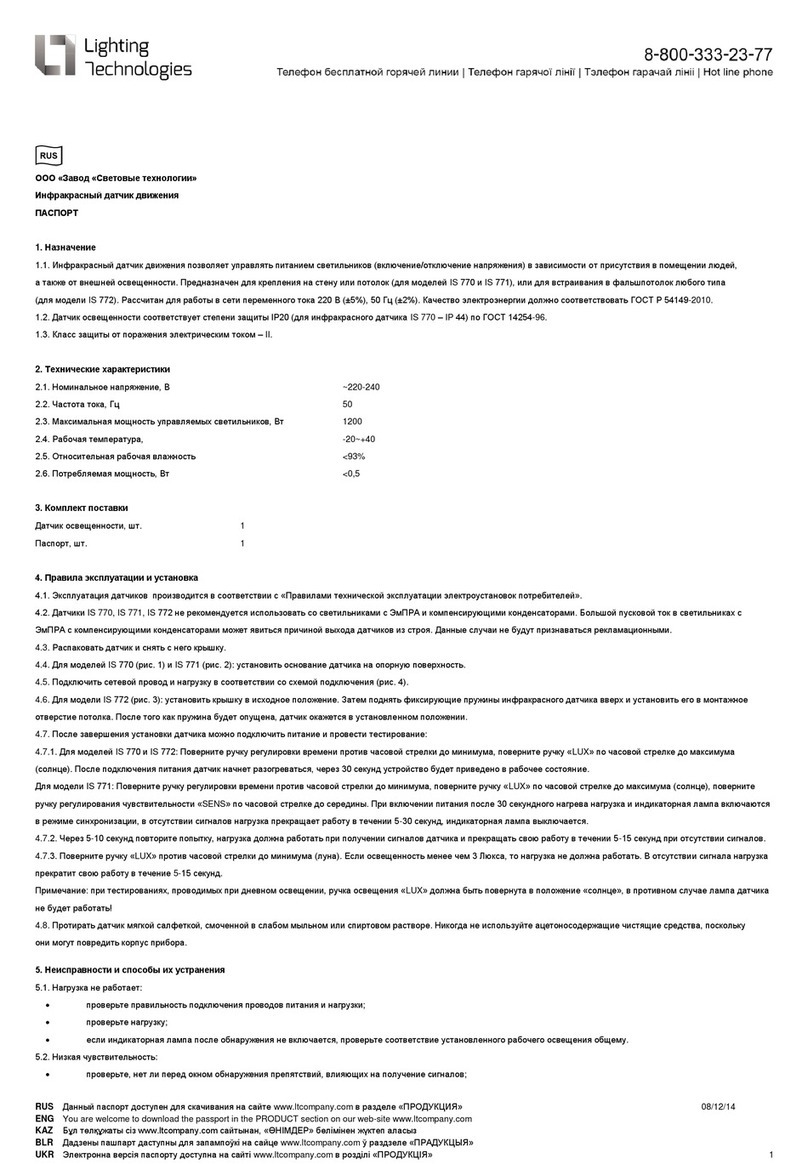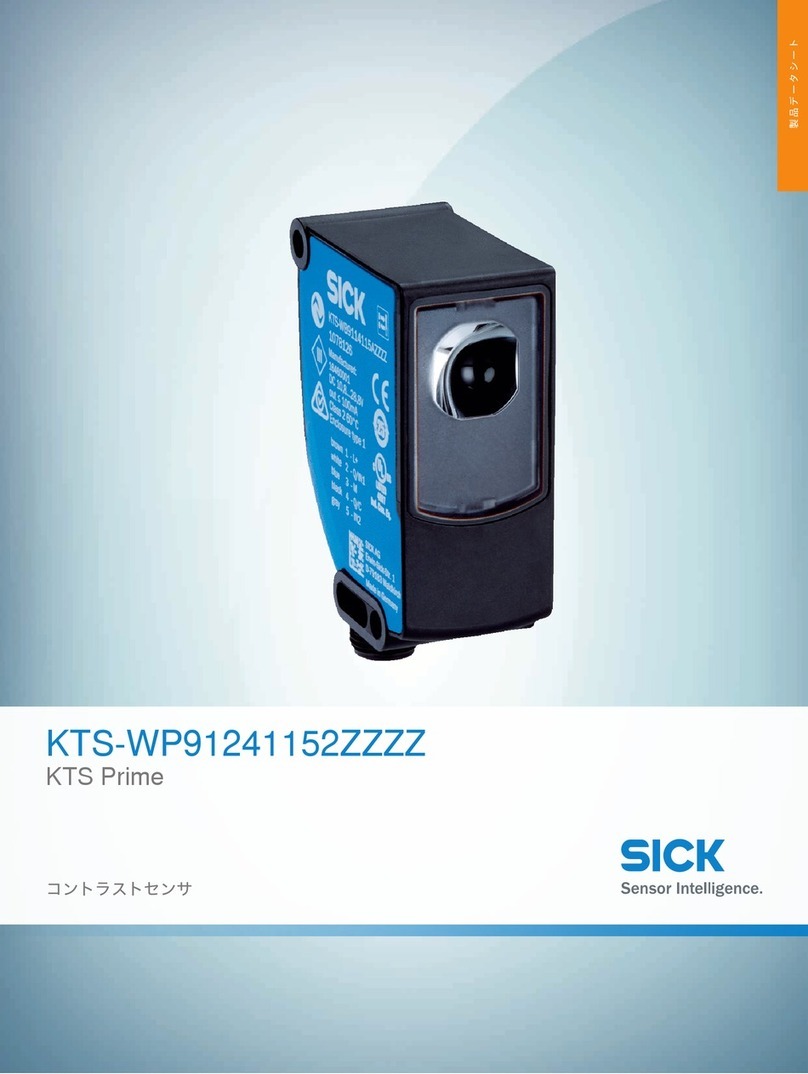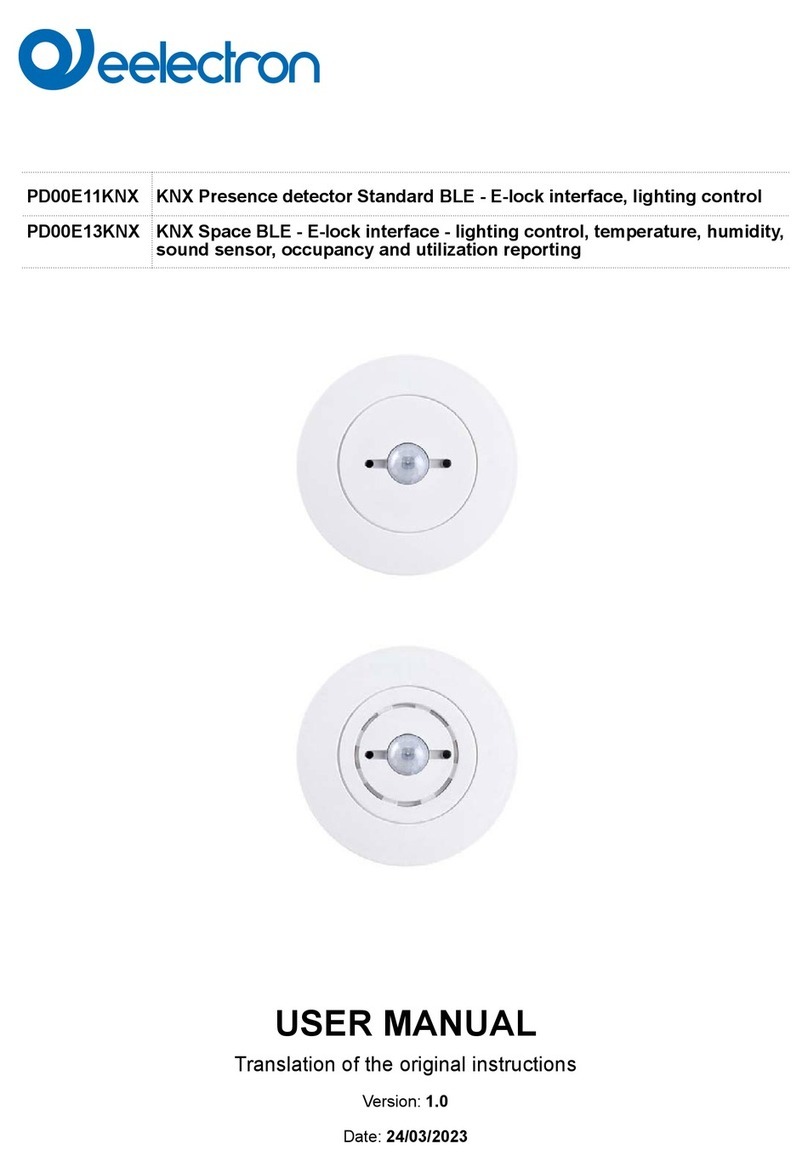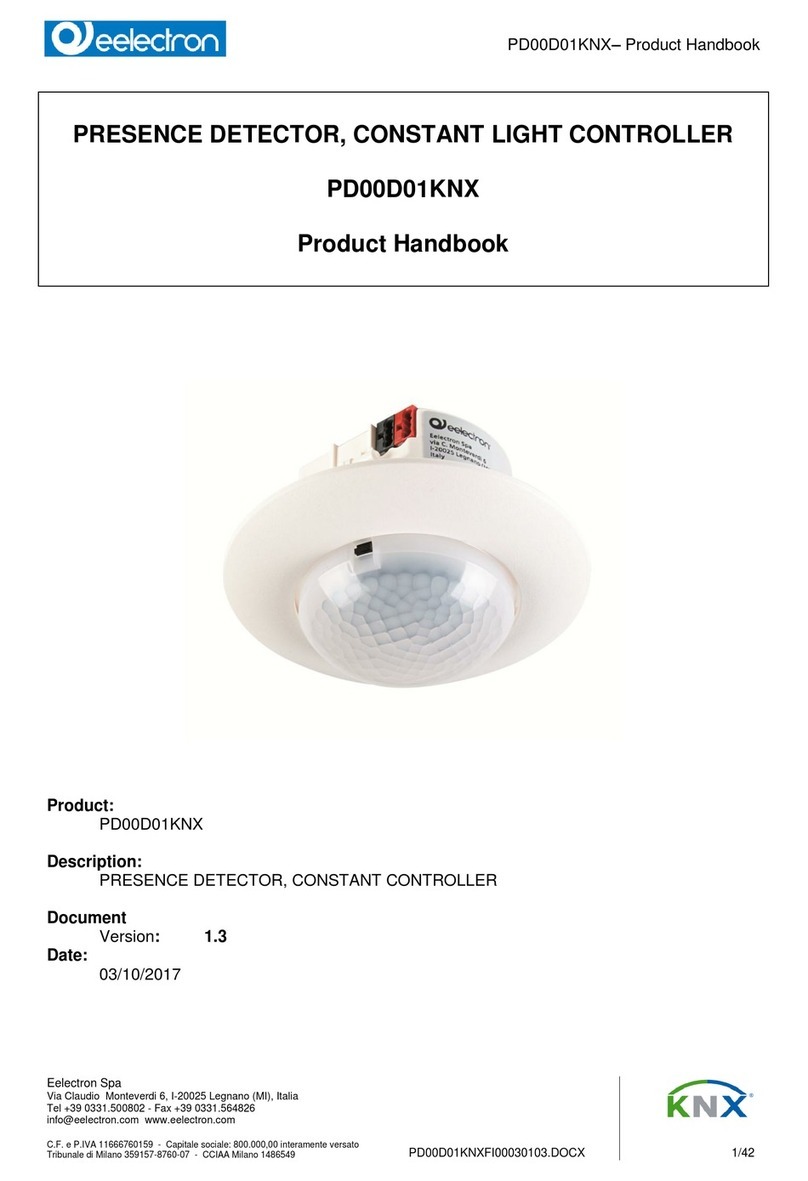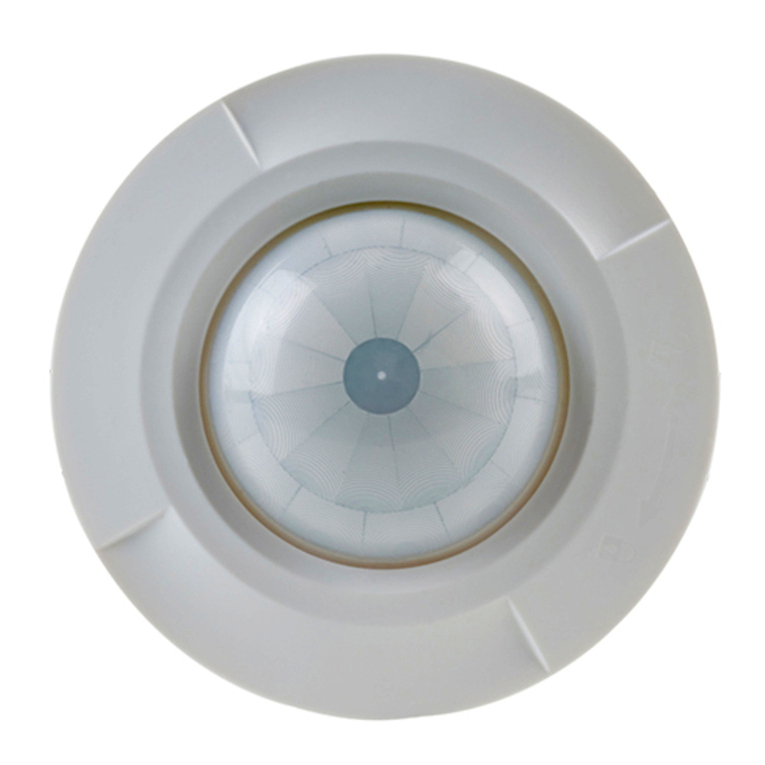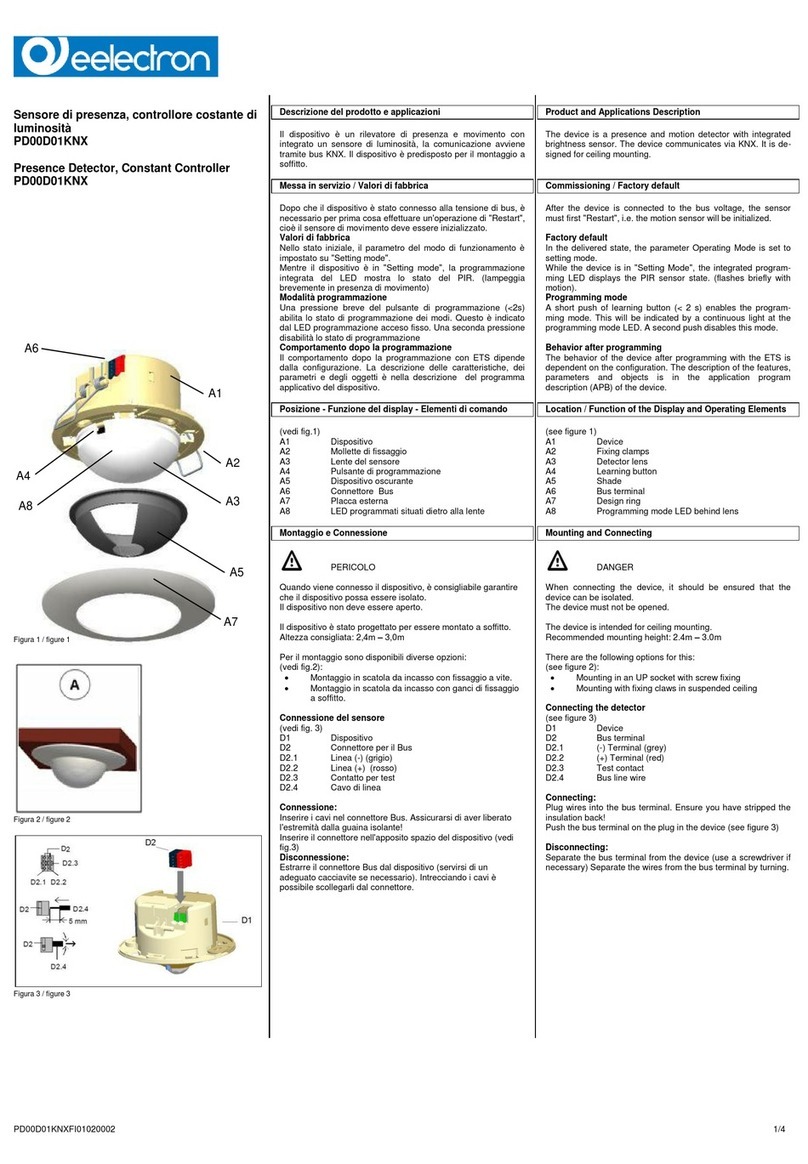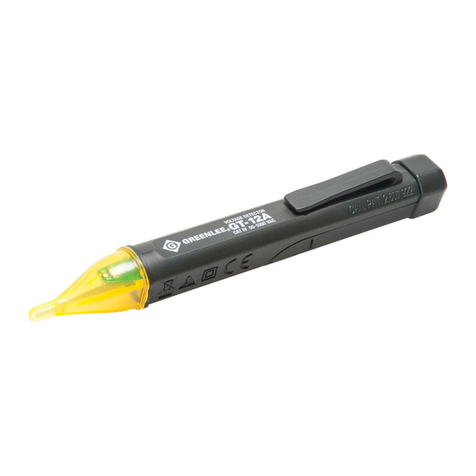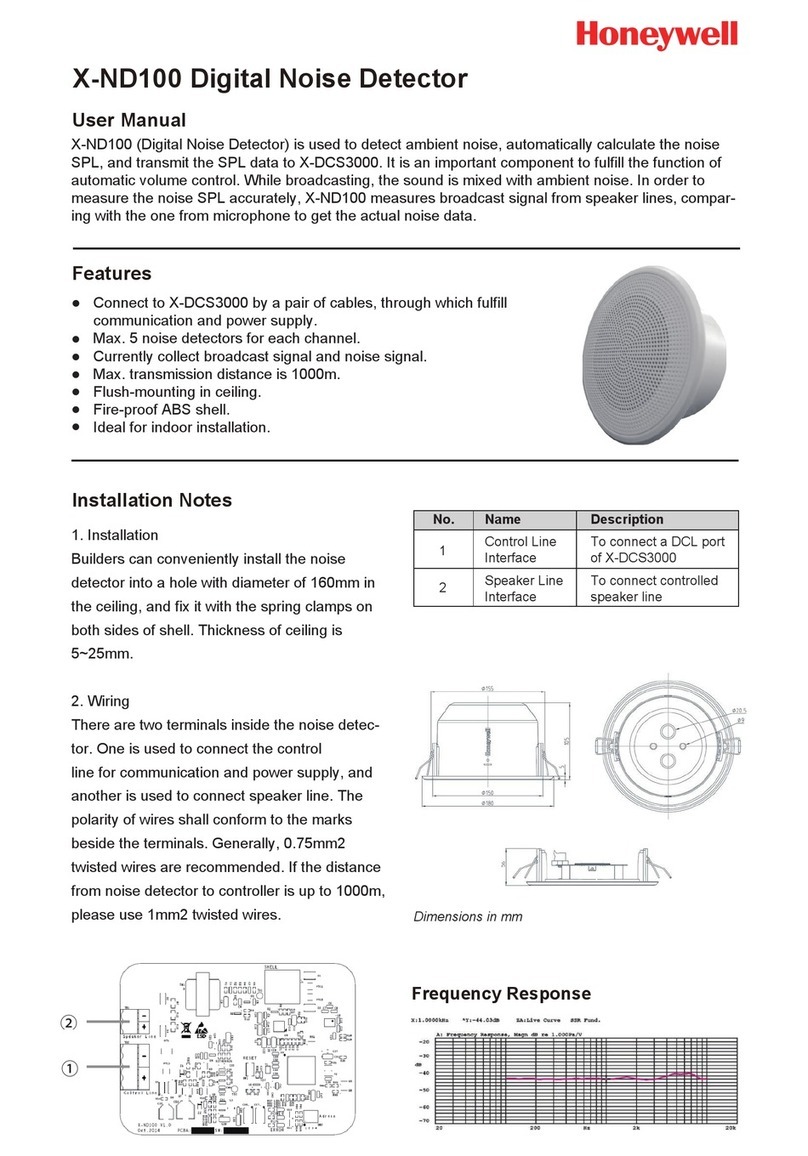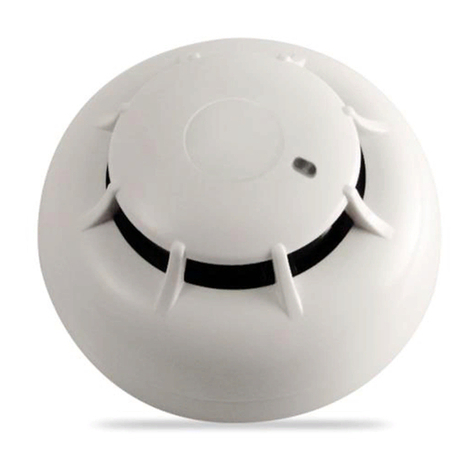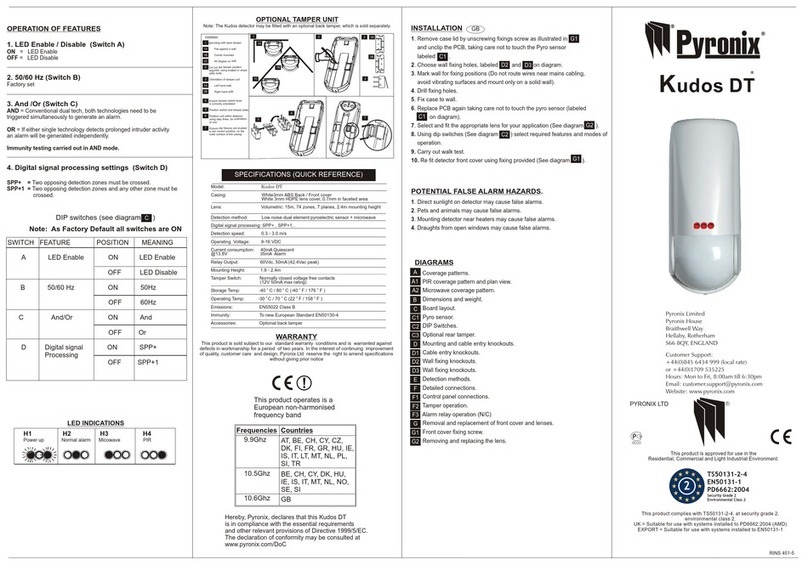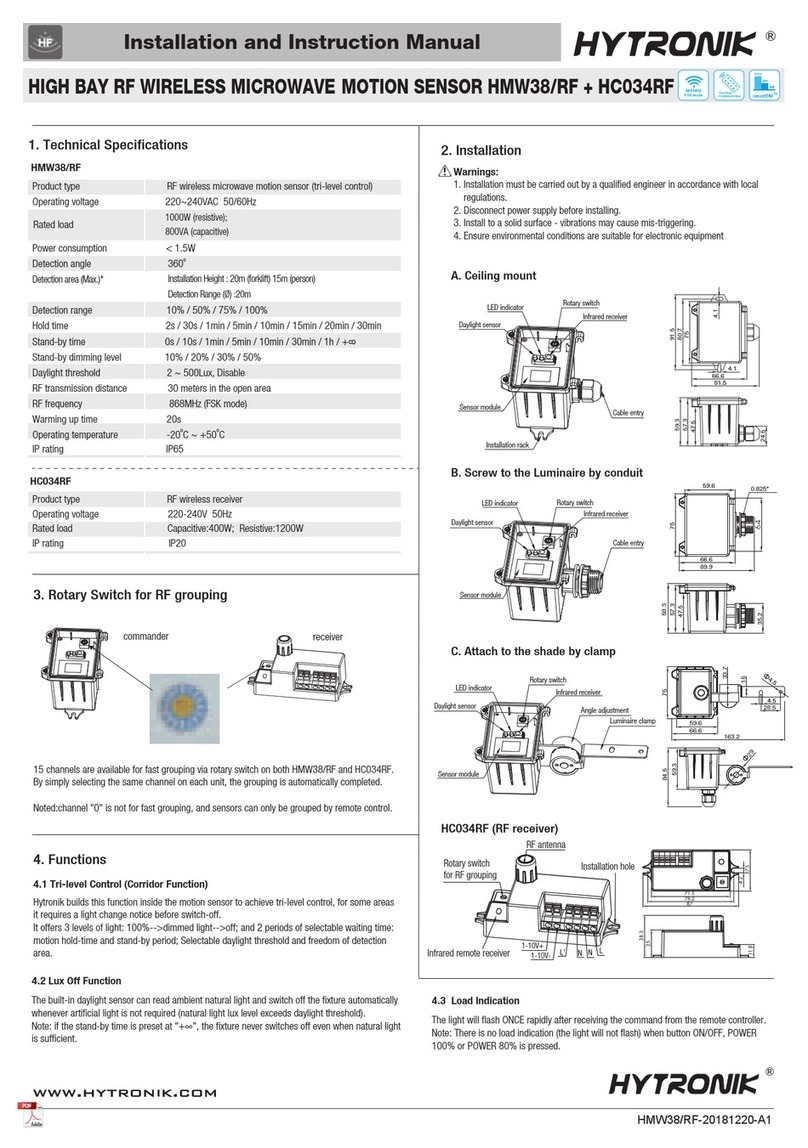
PD00E0XKNXFI00020100_HANDBOOK_EN.DOCX
PD00E0xKNX KNX PRESENCE DETECTORS RANGE Handbook
Eelectron SpA, Via Monteverdi 6,
I-20025 Legnano (MI), Italia
Tel: +39 0331.500802 Fax:+39 0331.564826
C.F. e P.IVA 11666760159
Tribunale di Milano 359157-8760-07
CCIAA Milano 148549
INDEX
1. Introduction............................................................................................................................................................................................5
2. PRODUCT OVERVIEW.......................................................................................................................................................................6
3. Installation instructions..................................................................................................................................................................8
Warning.............................................................................................................................................................................................................8
Hints.....................................................................................................................................................................................................................8
4. General parameters...........................................................................................................................................................................8
5. Test Mode.................................................................................................................................................................................................9
Description and execution of the test..........................................................................................................................................9
6. Presence Module..............................................................................................................................................................................10
Follow up time...........................................................................................................................................................................................10
7. Illuminance module.......................................................................................................................................................................10
Adjustment of the illuminance sensor.....................................................................................................................................10
Manual adjustment................................................................................................................................................................................11
1 point adjustment.................................................................................................................................................................................11
2 points adjustment..............................................................................................................................................................................11
8. Remote presence.............................................................................................................................................................................12
9. Use of remote presence...............................................................................................................................................................13
10. Remote illuminance.......................................................................................................................................................................13
11. Use of remote illuminance........................................................................................................................................................14
12. Sound sensor.......................................................................................................................................................................................15
13. Channels configuration................................................................................................................................................................16
Follow-up time..........................................................................................................................................................................................16
Objects A,B,C - presence/absence................................................................................................................................................17
Stand-by function (corridor function).......................................................................................................................................17
Lock function..............................................................................................................................................................................................18
Stop function..............................................................................................................................................................................................18
Utilization function.................................................................................................................................................................................19
Occupancy FUNCTION.........................................................................................................................................................................19
Simple presence.......................................................................................................................................................................................20
Automatic presence, illuminance depending.....................................................................................................................20
Semi-automatic presence..................................................................................................................................................................21
Semi-automatic presence illuminance depending.........................................................................................................21
Constant illuminance............................................................................................................................................................................21
Constant illuminance presence depending..........................................................................................................................22
Constant illuminance presence depending, semi-automatic..................................................................................22
14. Digital input.........................................................................................................................................................................................22
Activation on press (closing contact).........................................................................................................................................23
Activation on press / release (closing / opening contact)............................................................................................23
Activation on short and long press.............................................................................................................................................23
Dimming........................................................................................................................................................................................................24
Shutter and Blinds..................................................................................................................................................................................24
Scene................................................................................................................................................................................................................24
Commands sequences.........................................................................................................................................................................25
Commands sequences (1 bit).........................................................................................................................................................25
Set RGB color..............................................................................................................................................................................................25
MUR / DND...................................................................................................................................................................................................26























